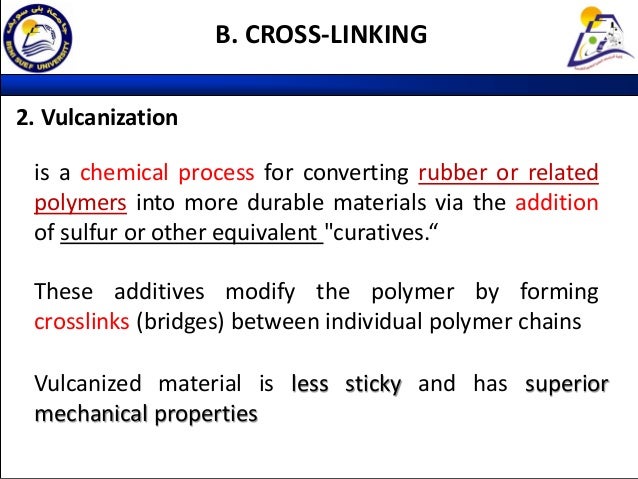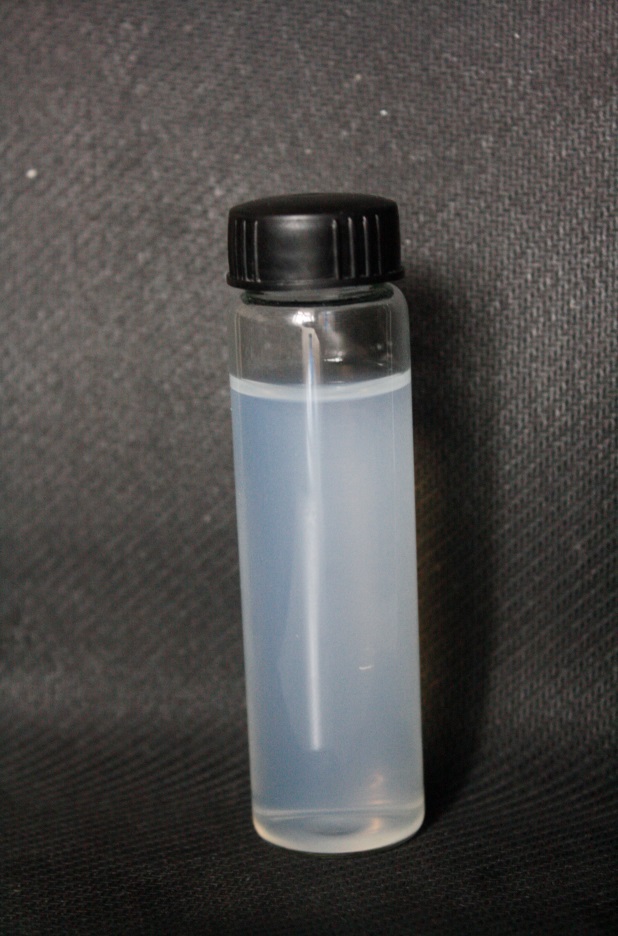Is Your Springtime Facilities Management Checklist Ready?
At Ion Water Solutions, our high-end water treatment technology and DADMAC solutions reduce your reliance on chemistry alone to solve both mechanical and water issues. We want to help you save money on our water treatment solutions through buybacks and rebates available through our partnership with the City of Toronto and other entities in the Greater Toronto Area.
While we can help you explore other rebate and buyback options available throughout the GTA, here are three specific programs offered by the City of Toronto:
Capacity buyback program?This program encourages and rewards commercial and industrial organizations by offering a free water audit to help you identify ways to reduce water usage at your facilities. It also rewards participants that implement permanent water-saving initiatives with a singular cash rebate of up to 30 cents per litre of water saved on an average day. Additionally, this program helps participants save money on a long-term basis with reduced water bills.
Industrial water rate?Does your business use more than 6,000m3 per year? You may be eligible for a 30% reduction in your water rate. Note that eligibility constitutes devising and implementing a water conservation plan.
Sewer surcharge rebate?Your business in Toronto could be eligible for a rebate for any water used but not discharged into the sanitary sewer system. For example, this includes water used to manufacture a product or water evaporated from cooling towers. Based on the percentage of water not added to the sanitary sewer system, the rebate is applied to the sewer portion of your water rate.
Our team is standing by ready to help you discover water rebate and buyback programs your operations qualify for and to answer your questions, so you save money and water while benefitting from innovative water treatment technologies.
De Nora Acquires Miox

So what makes a steam trap so important?
Well first, let?s quickly review the purpose and function of a steam trap. When steam condenses in a pipe the resulting pure water produced is called condensate. Condensate acts as a heat transfer barrier to the remaining steam in the system and so it must be removed to maintain maximum efficiency. To do this most steam systems have multiple steam traps plumbed in throughout the piping system. These steam traps were installed to remove the liquid condensate and air from the pipe so that pipe stays filled with ?dry?? steam. As the trap allows the dry steam to pass, it redirects the hot liquid condensate to a condensate receiver where it can be reused in the boiler. This also helps maintain the steam system?s overall efficiency by recapturing the resulting heated water to make new steam with less energy and with less boiler water treatment chemicals than would be required if the water was straight make up from cool city supply.
There are many different types of steam traps, and they are often chosen because they fit a very specific function in the overall steam system design. The four most common steam trap designs are:
Mechanical ? In these traps a volume of condensate will move a float to open the trap and allow the condensate to move out of the main pipe.
Fixed ? These traps are also called fixed orifice traps because they have a preset hole in the orifice plate that allows condensate to drain from the main pipe whenever it is present. These When condensate is not present, these types of traps will usually have a small amount of dry steam escaping from them.
Thermostatic ? The difference between the temperature of the condensate and the temperature of the steam is what actuates this type of trap to open and allow the condensate to drain from the main pipe.
Thermodynamic ? These traps operate by pressure. The pressure difference between the cooler condensate and the hot steam cause a disc to open to allow condensate to drain from the main pipe. When there is less condensate, the pressure changes and the disc moves to the closed position allowing dry steam to move through the main without escaping.
Every steam system is different and some steam trap designs fit certain applications better than others. Choosing the correct type of steam trap can make a big difference to your overall steam system efficiency, and therefore, it is always recommended to seek the advice of a mechanical engineering professional when making changes to your steam system piping.
So what can you do to avoid steam trap failure?
Traps can fail for all types of reasons. Corrosion from poor water treatment, damage from water hammer, and metallurgical issues from extreme temper changes can all affect a steam traps performance. Sometimes it is easy to determine that a trap has failed. There could be steam blowing in to the condensate receiver; there could be steam flashing issues, or severe pump cavitation ? which could all be indicators of a failed steam trap. Smart facilities avoid these things altogether by having a proactive steam trap maintenance program in place. Depending on the size of your facility?s steam system, hiring a professional steam trap maintenance firm could literally be worth its weight in gold. These companies specialize in yearly steam trap maintenance and trouble shooting and their cost is usually far outweighed by their benefits.
Just remember: Choosing the right steam trap maintenance firm is like anything else; do your homework and get referrals! Ask your industrial water treatment service provider for help if you need it and stop senseless steam loss today! Also, if you would like learn more about the common operational issues that happen with steam boiler water treatment, please download our eBook ?10 HUGE Mistakes Facilities Make in Boiler Operation and How to Avoid Them!?? It?s FREE at the link below.
Thanks for reading!
Greg Frazier is an Industrial Water Treatment Specialist and is currently the Managing Partner of Clarity Water Technologies, a top Water Treatment Company and one of the best HVAC Cleaning Companies in New York. He has over 18 years of Industrial Water Treatment experience and holds a degree in Chemical Engineering from the University of Tennessee.
Nycrr Title 10 Part 4 Replaces Ny State Emergency Legionella Laws
Researchers from North Carolina State University have developed a technique that uses bacteria to produce ?biocement?? in coal ash ponds, making the coal ash easier to store and limiting the risk of coal ash spills into surface waters.
Coal ash is produced by coal-fired power plants and is often stored in ponds. If the walls of these ponds fail, they can spill coal ash into nearby surface waters ? as happened in the wake of Hurricane Florence in 2018, in Virginia?s Dan River in 2014, and in Tennessee in 2008. These spills can have significant consequences, because coal ash contains contaminants such as mercury and arsenic.
?Our goal with this work was to see whether we could use bacteria to create a biocement matrix in coal ash ponds, making the coal ash stiffer and easier to contain,?? says Brina Montoya, an assistant professor of civil, construction and environmental engineering at NC State and co-author of two papers on the work.
Specifically, the researchers wanted to make use of bacterial species that feed on urea and, in the presence of calcium, produce a stiff substance that binds to surrounding solids. The resulting byproduct is called biocement.
?The idea is to introduce these bacteria ? which are normally found in soil ? into coal ash ponds, along with urea and calcium,?? Montoya says. ?The resulting biocement wouldn?t make the coal ash completely solid, but it would be a lot more viscous than the existing coal ash slurry.??
In laboratory experiments, the researchers found that the process works with coal ash ? the bacteria create biocement using coal ash, and the coal ash slurry becomes stiffer. In other words, the coal ash mixture is much less runny.
?This will certainly make it easier to contain, and less likely to contribute to pond failures that discharge coal ash into surface waters,?? Montoya says.
But the researchers are hoping that the bacterial biocement will also have a second benefit.
Because most coal ash ponds are simply unlined holes in the ground, contaminants in the coal ash can leach into groundwater, raising environmental and public-health concerns. The researchers are hoping that the biocement can also trap potentially toxic metals in the coal ash ? though that work is ongoing.
?We still have a lot to do before this technique could be implemented on a large scale, IRO Polymer but we would welcome any industry partners who are interested in helping us fine-tune the process for use in addressing the challenges surrounding coal ash storage,?? Montoya says.
The most recent paper on the work, ?Enhancement of Coal Ash Compressibility Parameters using Microbial Induced Carbonate Precipitation,?? is published in the Journal of Geotechnical and Geoenvironmental Engineering. The earlier paper on the work, ?Microbial Induced Calcium Carbonate Precipitation in Coal Ash,?? is published open access in the journal G?otechnique. Both papers were co-authored by Shahin Safavizadeh, a former Ph.D. student at NC State; and Mohammed A. Gabr, Distinguished Professor of Civil Engineering and Construction in NC State?s Department of Civil, Construction and Environmental Engineering.
The work was done with funding from the Electric Power Research Institute and the National Science Foundation, under grant number 1554056.